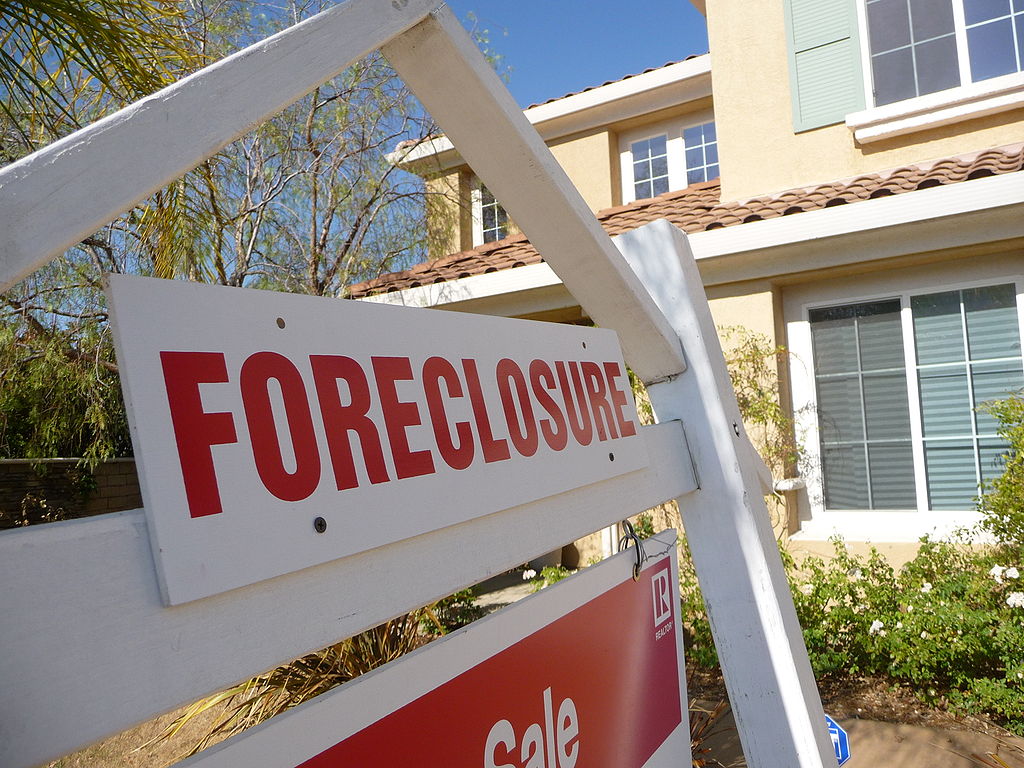New Foreclosure Process in Lancaster County

Due to increased property foreclosures, Lancaster County has developed a new Residential Mortgage Foreclosure Diversion Program (RMFD). The Program gives a separate pathway that residential mortgage foreclosures need to follow. Hopefully, the RMFD will allow homeowners to work out mortgage defaults without losing their homes through foreclosure. If so, the RMFD has the added bonus of taking some foreclosure cases out of the Court’s schedule.
Eligibility
A homeowner with a mortgage in default is eligible for the program if the home:
- is owner-occupied
- is the owner’s primary residence
- is part of a building with four or fewer residential units
- has a remaining balance on the Mortgage of $400,000 or less
- is not part of any bankruptcy, divorce or estate proceedings
If the homeowner meets these requirements, they are automatically entered into the RMFD program.
There are no eligibility requirements for the person seeking foreclosure. Usually these will be banks or other lending institutions. But this applies to all foreclosures, even if the mortgage holder is an individual.
Applicability and Timing
The RMFD Program applies to all eligible mortgage foreclosures that are filed after August 1, 2021. For eligible mortgage foreclosures filed before July 31, 2021, the homeowner can choose to be in the Program if no Default Judgment or Ten-Day Notice has been given in the case. In these cases, the homeowner needs to be notified of the opportunity to enroll in the program and complete a registration form.
Process
The RMFD process is 23 pages long, with over 40 pages of forms that apply at different times. There is a form to be filled out at each step in the process, so I am not going to detail the entire process here. Here are some highlights:
- Informational Notices – Foreclosure filings need to include statements (on the Court-approved forms) that tell the homeowner about the Program.
- Conciliation Conferences – The centerpiece of the RMFD is a “Conciliation Conference.” This is held within 160 days after the complaint is filed. The Conciliation Conference is designed to allow the homeowner to come up with a repayment plan that avoids having the mortgage company sell the house at a sheriff’s sale to recover what is owed.
- Financial Paperwork – Prior to the Conciliation Conference, both sides need to provide a lot of paperwork. The plaintiff needs to give information about the mortgage and payment history. The homeowner needs to give his or her income and expenses. The homeowner also has to propose a plan to pay the mortgage.
- Cooperation and Authority to Settle – The plaintiff – who will usually be a Bank – needs to come to the Conciliation Conference ready and able to come to an agreement. That means the person representing the Bank needs to have authority to settle. There are penalties if the plaintiff cannot participate in the Conciliation Conference, or if they do not have the authority to settle.
The Residential Mortgage Foreclosure Diversion Program does not have an end date. I cannot guess how many homeowners will fully take advantage of the Program as COVID-related restrictions expire.
But it is very clear that both sides – but especially the plaintiffs – will have more work to do during the process. Instead of merely filing a foreclosure complaint and waiting for a judgment, Banks and other lenders will have multiple points of contact throughout the process.
